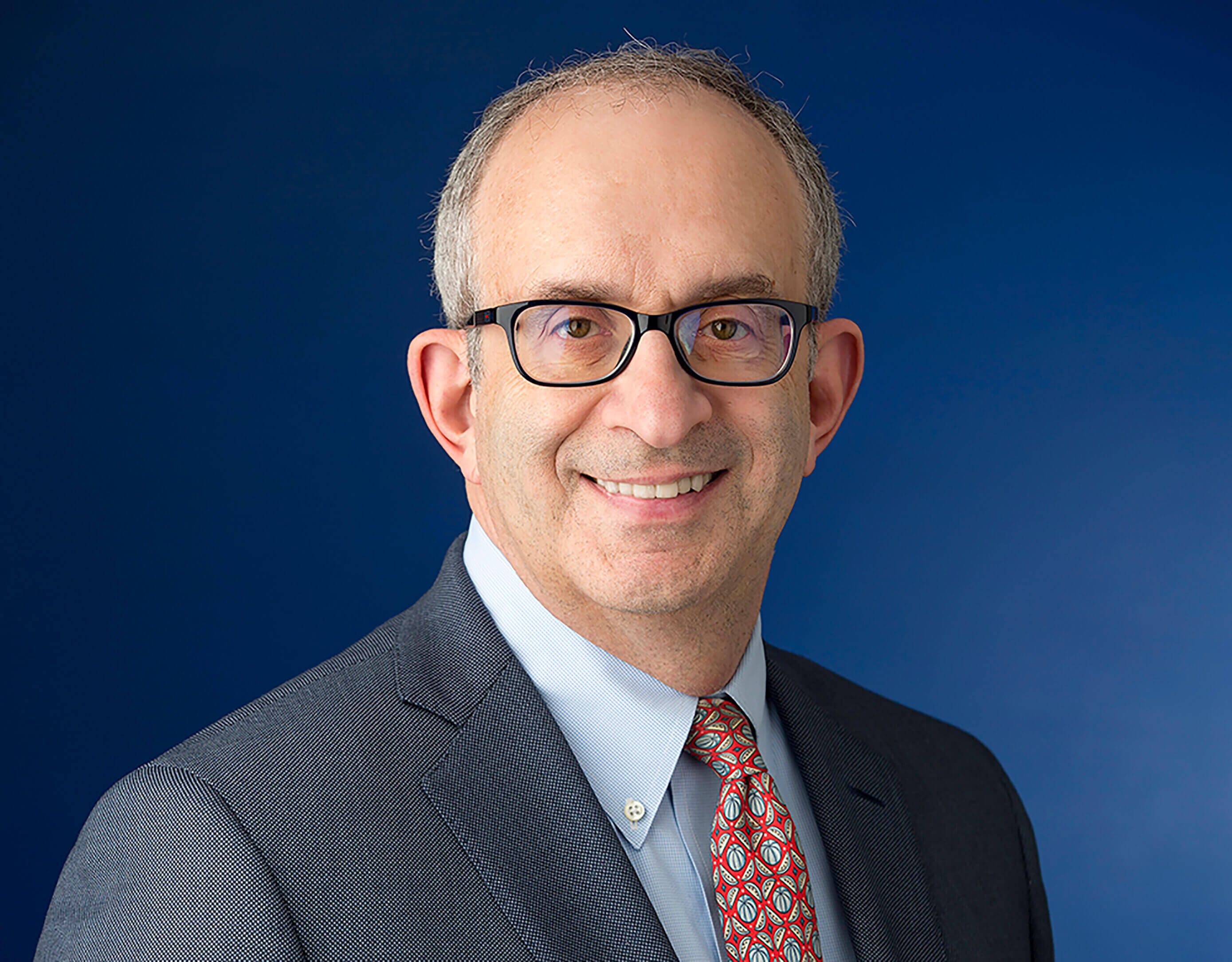What We Need to Know About Reopening Society
Touro President Dr. Alan Kadish Answers Questions About the Next Phase of the Coronavirus Pandemic

People are getting anxious staying at home and starting to go out, especially as the weather warms. How can people reduce their risk as they venture out?
It’s really simple—social distancing and wearing masks are critical. If you’re exercising, wear a mask, since data shows that this is effective in reducing risk of infection. If you’re walking outside, and we all should do this to get fresh air and exercise, be careful with people who are not part of your family group. It’s natural to start talking and moving closer to one another when you see friends on the street, but try to maintain proper social distance as recommended by CDC guidelines.
Should everyone take the antibody test?
What does it mean if you have antibodies or if you don’t have them? Having antibodies significantly decreases your risk of infection, but we are not yet sure if it reduces the risk completely. I don’t think everyone needs to take it unless the screening is being done as a measure to determine who can return to a work environment.
The question is what will you do with the information?
If you test positive for antibodies, you can be a little less stringent with social distancing and other precautions. If that makes a difference to you in the way you live and interact, then it’s worth it. If you have antibodies, you can be less concerned about getting into an uber or taking public transportation. I would still recommend social distancing and a mask, but if you are antibody positive, you can be more comfortable getting around in public transportation, restaurants, interacting with friends. Because so much is still unknown, I would not suggest removing all restrictions.
It’s also important to know that not all antibody tests are equally accurate. The home tests have not been validated, but the blood tests are pretty accurate.
What do you see as necessary changes in order for people to safely return to workplace, school, houses of worship? How about on commuter rails, buses, subways and the beach?
Incidence of the virus has to continue to go down even lower than it has so far. Right now it’s gone down 10-20%, but in order to return freely, we need it to decrease even more. We will need to continue to social distance as we go out and certainly can’t consider going to theaters or crowded restaurants until there’s a vaccine or a very effective treatment. Sitting with family members at a restaurant or at a reasonable distance with others is okay to do.
When you consider students going back to school, there have to be fewer students in each class so that there’s room to observe social distancing. Teachers and students will have to wear masks, as there is more of a risk of spreading infection when people speak. Teachers and students must take care not to be too close to each other.
While on beaches, wear a mask and stay six feet away from people who aren’t family members. Be particularly careful when you’re walking on and off the beach or boardwalk not to get caught up in a crowd and to maintain your distance.
Is it okay to visit elderly relatives and friends? What precautions should be taken?
If you’re visiting someone who is at high risk, you need to be very careful. In addition to wearing masks, I would recommend maintaining a 10-foot (not 6 foot) distance.
How long will it be before things go back to the way they were?
No one knows that for certain, but things cannot really go back to normal until there’s a vaccine or effective treatment. If things go well, the earliest we could see a vaccine would be late fall.
Do you think there will be a second wave in the fall? Is there any way to prevent that or minimize the damage?
No one knows for sure whether there will be a second wave, since COVID-19 is unprecedented and we are learning more about it as things play out. We can potentially mitigate the impact of a second wave if we are careful not to become overly lax as we open up society in the next few weeks and months. Just because we’ve opened up doesn’t mean we can throw away the rules or that there’s no risk. In Israel, when schools and stores opened up, infection started increasing and a super spreader event occurred. To minimize risk and potential damage from a second wave, we need to resume activity in line with recommendations. There is no roadmap here, but it’s more likely that a second wave can be more dangerous. This is what happened during the 1918 flu pandemic and we don’t know whether COVID-19 will follow that trajectory.
Are we close to achieving herd immunity in the U.S.?
The answer is no. Historically, 80% of people must have antibodies before a society can achieve herd immunity. We would have to be at a lower level of infection than we have now. Right now we are only at approximately 25% immunity. If we achieved herd immunity, we would not need social distancing, but we are not near that at this time. Once we have a vaccine or effective treatment, we will achieve herd immunity. To try and do this by exposing many people to the virus in the hopes of them contracting it and ultimately achieving immunity is not a good idea as many will end up dying as a result.
Bottom line—this situation is trying everyone’s patience, but for our safety and health, we need to follow the guidelines, as ultimately, that will enable us to re-open and re-enter society.

